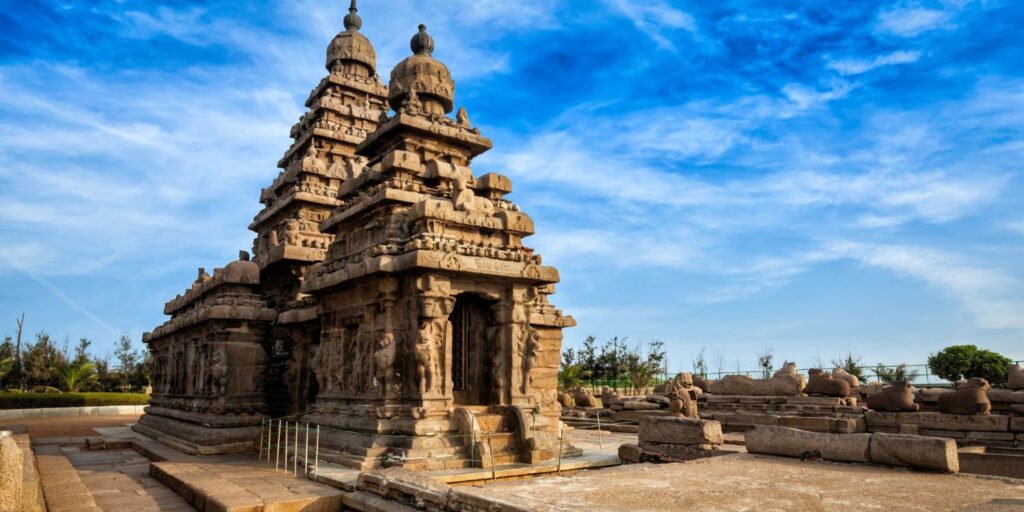In the heartland of Jyotirlinga in Maharashtra lies a sacred cluster of twelve revered temples, each housing a divine representation of Lord Shiva known as Jyotirlingas.
These celestial abodes hold immense significance for Hindu devotees, drawing pilgrims from far and wide to seek blessings and spiritual solace. The term “Jyotirlinga” translates to “lingam of light,” symbolizing the divine radiance of Lord Shiva.
These sacred sites are believed to embody the cosmic energy and omnipresence of the Supreme Being. Five of these twelve sanctuaries are nestled in the picturesque landscapes of Jyotirlinga in Maharashtra, each encapsulating a unique legend and spiritual aura.
1. Bhimashankar Jyotirlinga
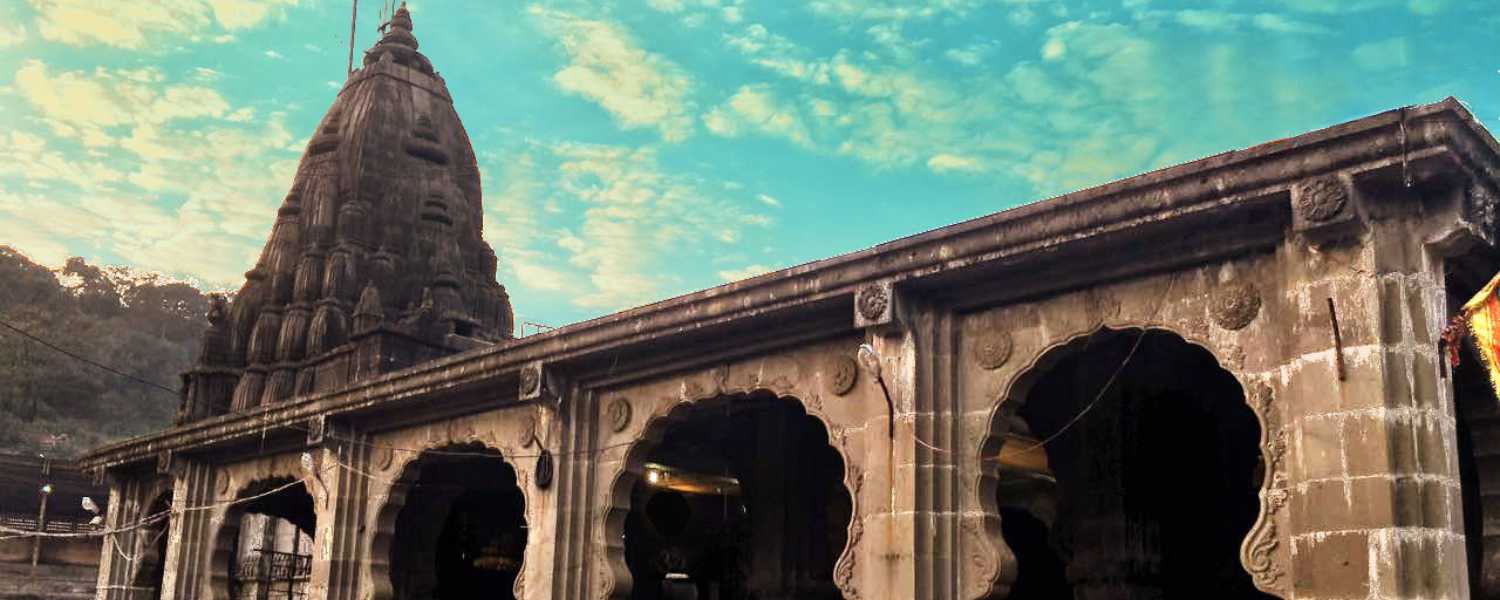
Bhimashankar Jyotirlinga is a revered site among the devout, nestled amidst the serene landscapes of Jyotirlinga in Maharashtra, India.
It is one of the five Jyotirlingas in Maharashtra, making it a significant pilgrimage destination for devotees embarking on the Jyotirlinga in Maharashtra tour.
Situated in the lush greenery of the Sahyadri range, Bhimashankar Jyotirlinga is located in the quaint village of Bhorgiri, approximately 50 kilometers northwest of Khed, near Pune.
The temple is perched at an elevation of around 3,250 feet above sea level, offering breathtaking vistas of the surrounding hills and forests.
The ideal time to visit Bhimashankar Jyotirlinga is between October and February, when the weather remains pleasant, allowing devotees to explore the temple premises comfortably.
Avoiding the monsoon season is advisable due to heavy rainfall, which might hinder travel plans.
The temple gates open early, typically around 4:30 AM, allowing devotees to witness Lord Shiva’s divine aura during sacred rituals and prayers.
The tranquil ambiance during these early hours enhances visitors’ spiritual experience. The temple closes in the evening after the final rituals and prayers, usually around 9:30 PM.
Devotees can spend the entire day immersing themselves in the spiritual vibes of Bhimashankar and seeking blessings from the divine deity.
2. Grishneshwar Jyotirlinga
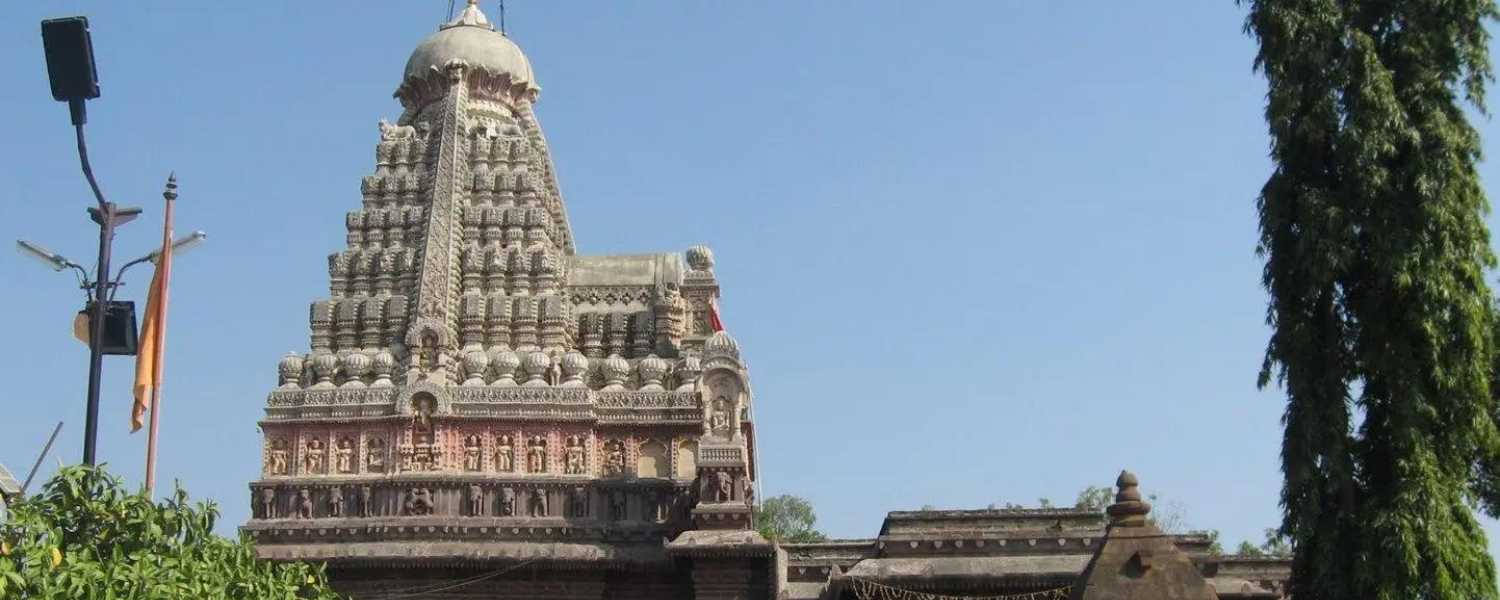
Grishneshwar Jyotirlinga, one of the renowned Jyotirlinga in Maharashtra, is immensely significant for devout Hindus seeking spiritual solace and divine blessings.
Located near the iconic Ellora Caves in the Aurangabad district, this sacred shrine Let me tell you about the supreme deity of the Hindu religion – Lord Shiva.
He is highly revered and worshipped by millions of people around the world. His divine presence is genuinely awe-inspiring, and his teachings are significant in Hindu culture.
So, if you are interested in learning more about this powerful and magnificent deity, I would love to share all I know with you! Pantheon.
Nestled amidst the tranquil environs of Verul village, Grishneshwar Jyotirlinga stands as a beacon of faith and devotion in Jyotirlinga in Maharashtra.
Situated approximately 30 kilometres from Aurangabad, it’s conveniently accessible by road. The temple’s serene setting amidst lush greenery and the soothing ambiance add to the spiritual experience for pilgrims.
The best time to embark on a spiritual journey to Grishneshwar Jyotirlinga is during the winter months, from October to February. The weather is usually colder and harsher but pleasantly relaxed and conducive to exploration.
However, pilgrims can also visit throughout the year to seek blessings and immerse themselves in the divine aura of this sacred abode
Grishneshwar Jyotirlinga temple welcomes devotees with open arms every day, opening its gates early in the morning to embrace the first rays of the sun.
The temple typically opens at 5:30 AM, allowing devotees to commence their day with prayers and rituals in the presence of Lord Shiva’s divine grace.
After a day filled with devotion and spiritual fervour, Grishneshwar Jyotirlinga bids farewell to its visitors as the evening sets in. The temple usually closes its doors around 9:00 PM, marking the end of another day of worship and reverence.
3. Trimbakeshwar Jyotirlinga
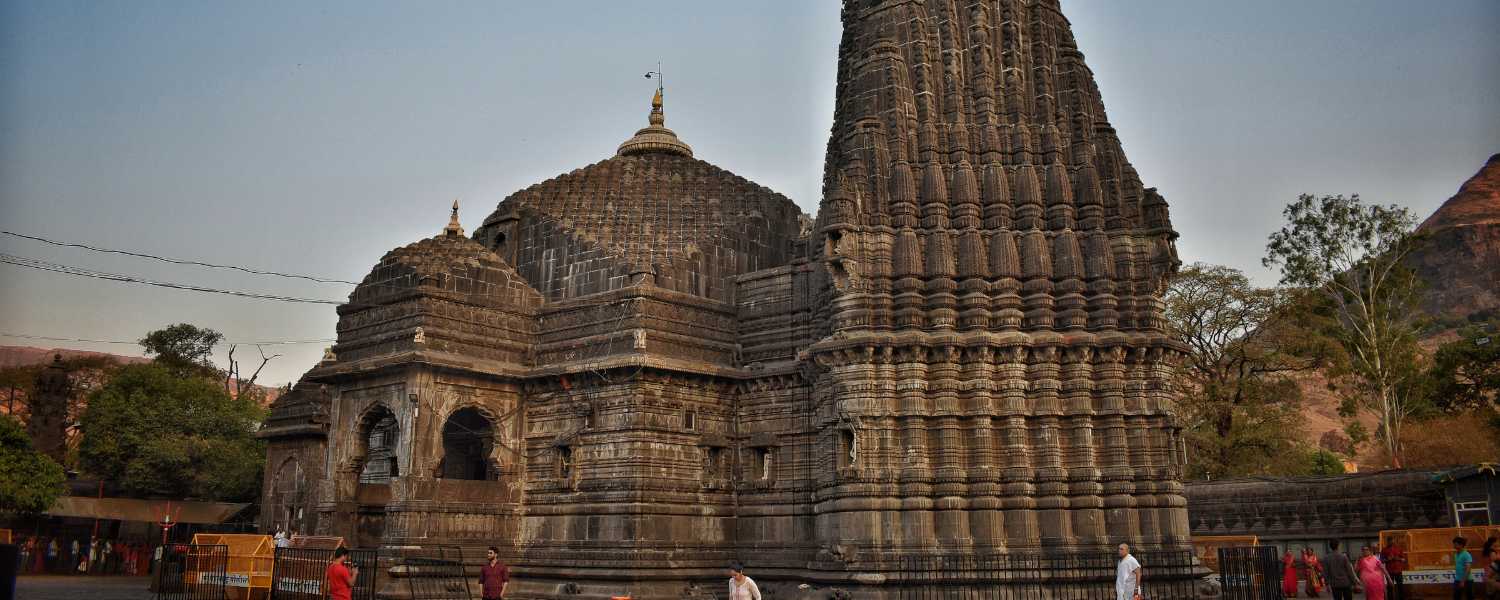
Trimbakeshwar Jyotirlinga, nestled amidst the serene landscapes of Jyotirlinga in Maharashtra, stands as one of the five sacred Jyotirlingas in the state.
This revered pilgrimage site holds profound significance. In Hindu mythology, there is a place that attracts devotees from far and wide—seeking spiritual solace and blessings.
Located in the Nasik district of Jyotirlinga in Maharashtra, Trimbakeshwar Jyotirlinga sits at the foothills of the Brahmagiri mountain ranges.
Its tranquil setting amidst lush greenery and the sacred Godavari River flowing nearby adds to its mystical charm. The best time to embark on a soulful journey to Trimbakeshwar Jyotirlinga is during the winter months, from November to February.
The weather remains pleasantly cool, allowing pilgrims to explore the temple complex comfortably without the scorching heat of summer.
Trimbakeshwar Jyotirlinga opens its gates to devotees early in the morning, welcoming them to start their spiritual sojourn with the break of dawn. The temple opens around 5:30 AM, allowing visitors to partake in the morning rituals and seek the divine blessings of Lord Shiva.
As the sun sets, signalling the end of the day, Trimbakeshwar Jyotirlinga gradually prepares to close its doors, concluding the day’s spiritual offerings and prayers.
The temple usually closes around 9:00 PM, giving devotees ample time to offer their prayers and absorb the sanctity of the surroundings.
4. Aundha Nagnath Jyotirlinga
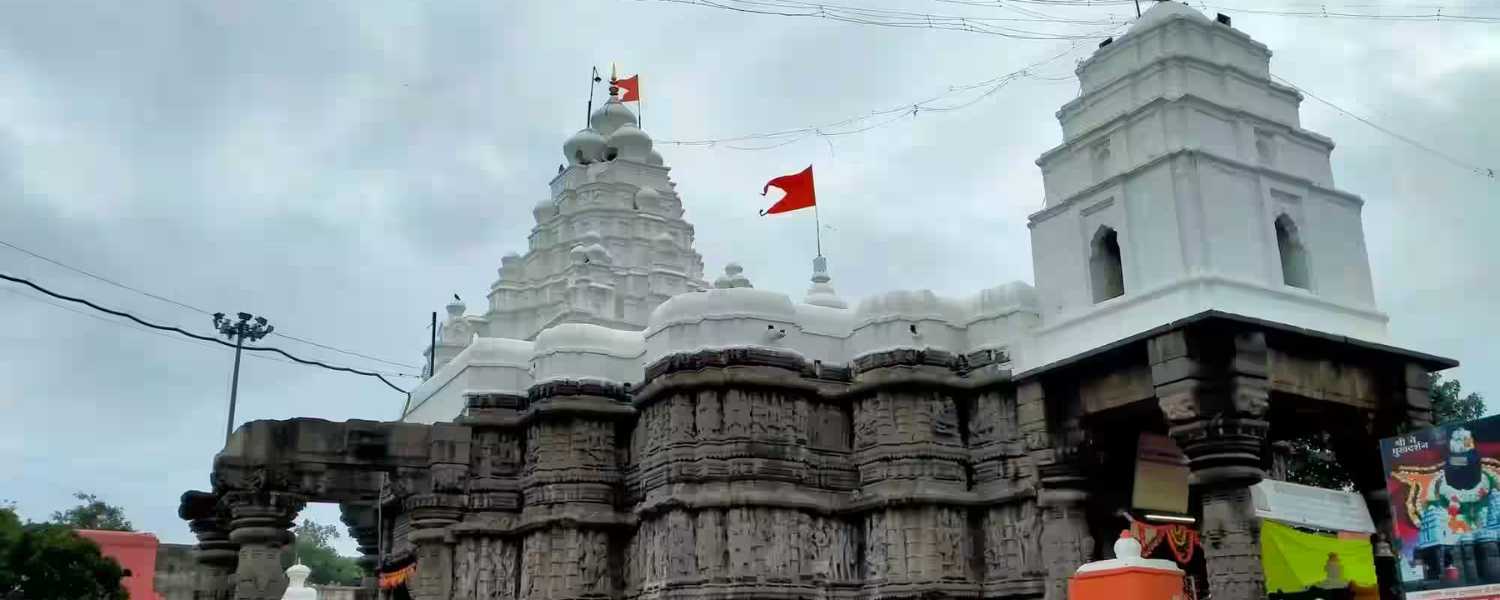
Located in Maharashtra, Aundha Nagnath Jyotirlinga is one of the prominent Jyotirlinga temples of lord shiva in India.
Jyotirlinga in Maharashtra boasts a significant presence of Jyotirlingas, with five of them situated within its borders, making it a pilgrimage hub for devotees seeking spiritual fulfillment.
Among these, Aundha Nagnath Jyotirlinga holds a special place, attracting devotees from far and wide to experience its divine aura and seek blessings.
Aundha Nagnath Jyotirlinga is nestled in the Hingoli district of Maharashtra amidst serene surroundings that enhance its spiritual ambiance.
The temple symbolizes devotion and faith, drawing pilgrims who embark on Maharashtra Jyotirlinga tours to pay homage to Lord Shiva.
The best time to visit Aundha Nagnath Jyotirlinga is during the winter months, from November to February, when the weather remains pleasant, making the pilgrimage experience comfortable and enjoyable.
During this time, devotees can immerse themselves in prayer and spiritual contemplation without being hindered by extreme temperatures or rainfall.
The temple doors of Aundha Nagnath Jyotirlinga open early in the morning, welcoming devotees who seek Lord Shiva’s blessings.
The sacred atmosphere of the temple at dawn adds to the spiritual experience, allowing visitors to start their day with devotion and reverence.
As the day ends, the temple closes its doors after the evening rituals, marking the culmination of another day filled with prayers and divine connection.
Devotees can participate in the evening aarti, soaking in the spiritual energy of the place before bidding farewell to the sanctum for the day.
5. Parli Vaijnath Jyotirlinga
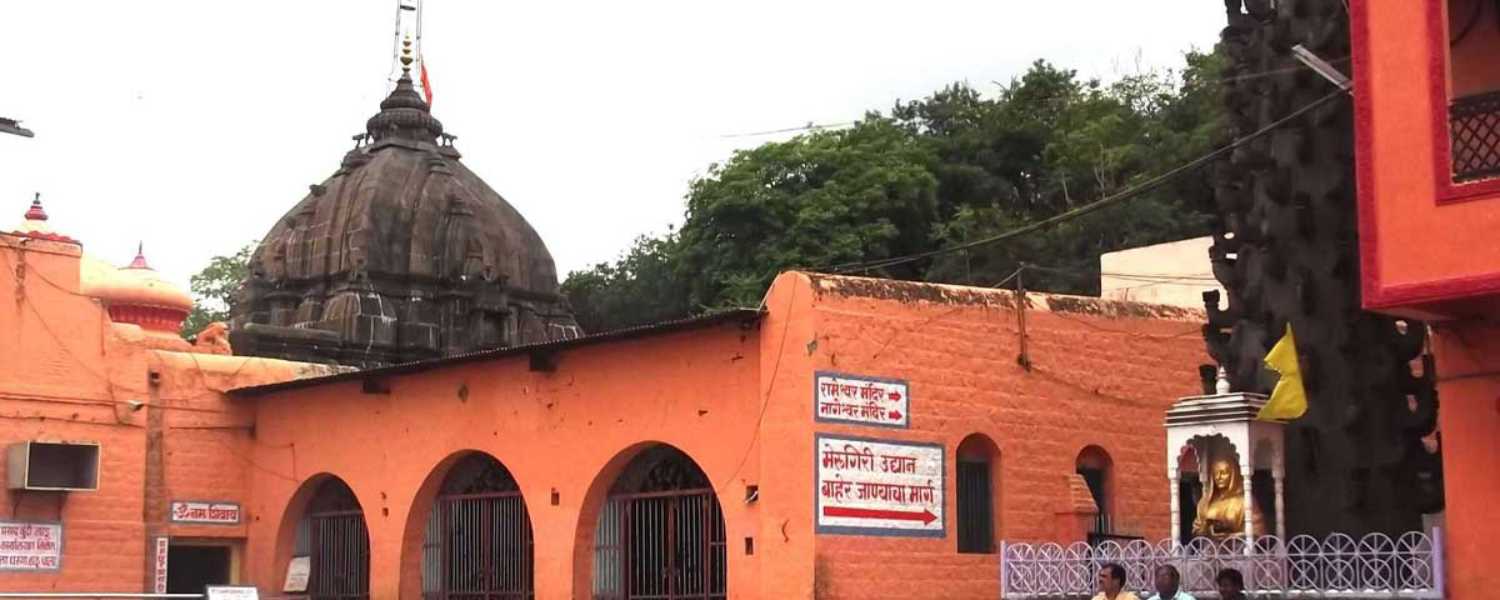
Parli Vaijnath Jyotirlinga is one of the significant sacred sites in Jyotirlinga in Maharashtra, India, revered as one of the “Five Jyotirlingas in Maharashtra.”
This ancient temple holds immense spiritual significance, attracting devotees from far and wide seeking blessings. Divine grace. Situated in the Beed district of Maharashtra, the Parli Vaijnath Temple is dedicated to Lord Shiva, the supreme deity in Hinduism.
Parli Vaijnath Jyotirlinga is in the quaint town of Parli in the Beed district of Maharashtra. Surrounded by serene landscapes and lush greenery, the temple provides a tranquil setting for devotees to connect with the divine.
Its strategic location makes it accessible to pilgrims from various parts of the state and beyond. The ideal time to visit Parli Vaijnath Jyotirlinga is during the winter months, from October to February.
The weather during this period is pleasant, making it comfortable for devotees to undertake their pilgrimage and offer prayers without the discomfort of extreme heat or rainfall.
Moreover, festivals like Mahashivratri witness a significant influx of devotees, adding to the spiritual ambiance of the temple.
The Parli Vaijnath Temple opens its doors to devotees early in the morning, allowing them to commence their prayers and rituals with the rising sun.
The temple timings usually start from 5:00 AM, enabling devotees to participate in the morning. Aarti is a Hindu religious ritual of worship that involves the use of fire.
People perform Aarti to seek the blessings of Lord Shiva, one of Hinduism’s primary deities. The temple typically closes in the evening after the completion of the evening aarti, usually around 9:00 PM.
Conclusion
In conclusion, the Jyotirlingas in Maharashtra hold immense spiritual significance and are revered by millions of devotees worldwide. These twelve sacred sites are not just places of worship but symbols of divine energy and cosmic power.
Each Jyotirlinga carries its unique legend and mythological importance, attracting pilgrims from all walks of life. Moreover, the Jyotirlinga in Maharashtra remind us of the eternal presence of Lord Shiva, the supreme deity of destruction and creation.
They symbolise the cycle of life, death, and rebirth. Their existence transcends time and space as beacons of light guiding devotees toward inner peace and enlightenment.
FAQ-
Q: What are Jyotirlinga temples?
A: Hindus worship Lord Shiva as a ‘lingam’ at Jyotirlinga temples, symbolizing his cosmic energy.
People consider these temples highly auspicious and believe they possess immense spiritual power.
Q: How many Jyotirlinga temples are there in Maharashtra?
A: Maharashtra is home to five Jyotirlinga temples: Bhimashankar, Grishneshwar, Aundha Nagnath, Parli Vaijnath, and Trimbakeshwar.
Each temple is significant religiously and attracts devotees from all over the country.
Q: What makes these temples unique?
A: People believe these temples to be the abodes of Lord Shiva in his Jyotirlinga form.
Devotees visit these temples to seek blessings, perform rituals, and attain spiritual fulfillment.
Each temple’s architecture, history, and religious significance contribute to its uniqueness.
Q: Can anyone visit these temples?
A: Yes, these temples are open to all devotees regardless of caste, creed, or nationality.
Authorities require all visitors to adhere to the established rules and regulations.
Q: What is the significance of visiting these temples?
A: People believe that visiting the Jyotirlinga temples bestows divine blessings, fulfills desires, and alleviates worldly sufferings.
Devotees also consider it a means of spiritual purification and inner transformation.
